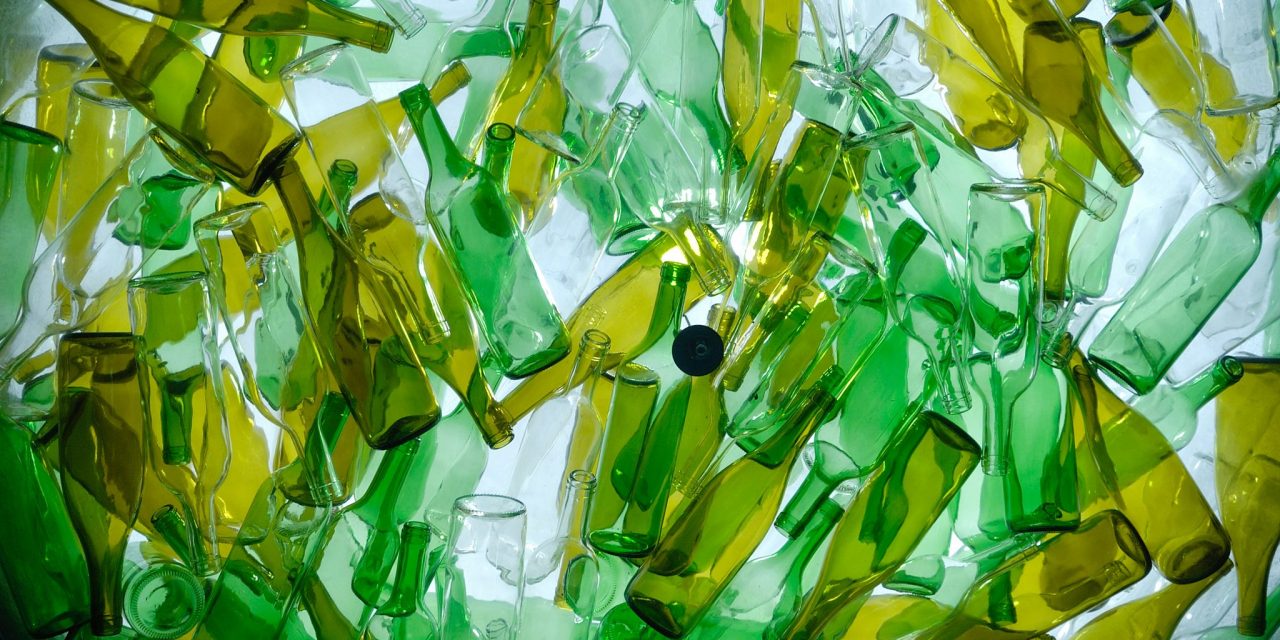A small business owner is faced with hundreds of decisions every day, from “Is this distributor the right fit for me?” to “Am I ready to expand into a new territory?” and “What’s the best source for that new specialty ingredient I need?” For the owner of a cider business, though, one of the potentially thorniest decisions concerns packaging.
From a sustainability standpoint, there’s a long list of reasons aluminum vessels would be the smart choice. To start, aluminum’s considerably lighter weight cuts significantly into the cost of transporting both empty vessels into the cidery before filling and out to the customer after. Aluminum cans and bottles are break-proof, and logos and other information can be directly printed on them, eliminating the need for paper labels.
What’s more, recycling rates for aluminum are at least double the rates for glass and, unlike glass, there’s a broad market for the recycled metal, including not only making other cans and bottles but, for example, lightweight parts for automobiles. And while the costs of refining primary aluminum [aluminum refined directly from mined ore] are high, and its manufacture requires more energy than producing virgin glass, so much less material is used in the end product that at least some of this environmental cost is offset. Furthermore, the process for recycling aluminum requires a mere fraction of the cost of making primary aluminum.
All this suggests that, from an environmental point of view, choosing an aluminum can or bottle for your cider would be obvious. Would that it were that simple.
As an industry, American cider is pretty new. This can be both a blessing and a curse: Consumers don’t necessarily have preconceptions about what cider should or shouldn’t be, unlike in some of the older cider cultures of Europe. But at the same time, they also probably don’t have any real concept of the range of style possibilities cider has to offer. Some ciders—often, though not always, made with bulk apple juice—are light, refreshingly sessionable, and easy drinking. Others, more often than not made by cidermakers closely tied to their orchards, are rich with tannin and other complex flavors. The former could be arguably viewed as more like a beer while the latter is more wine-like.
When it comes to choosing packaging, then, if one is making a more sessionable cider, putting it in aluminum cans may be a pretty straightforward decision. But, despite years of prognosticating that aluminum wine containers are the next big thing, the wine world has been reluctant to embrace such packaging. Sure, there are some canned wines, especially in the trendy wine spritzer category, but not so much at the higher end. Until and unless that changes, a fine cidermaker probably can’t take a chance on opting for the environmentally sensible packaging solution at the risk of befuddling a consumer base that’s still learning the nuances of the product.
That said, this is the same argument once used against offering fine cider in kegs, but that format has taken off. It may be that fine cidermakers will have to take the leap before fine winemakers do. American cider, for better or for worse, is a wide-open category, making it ripe for definition on its own terms.











